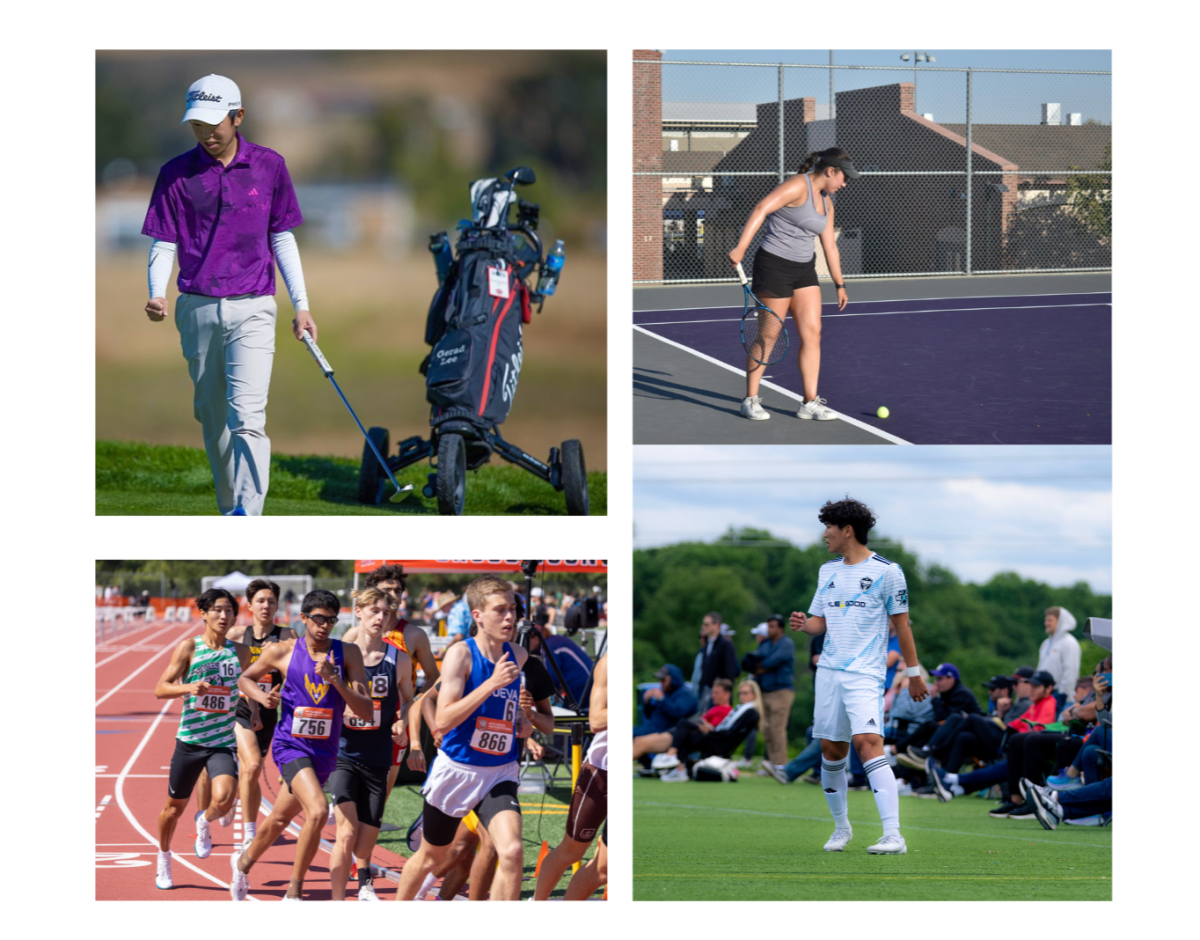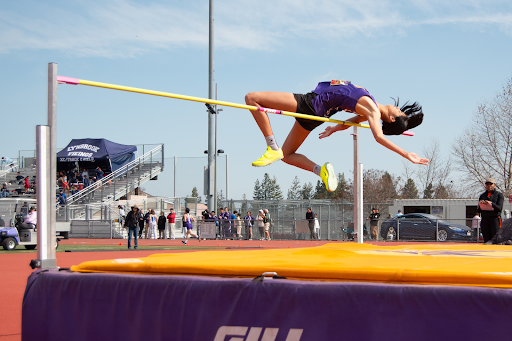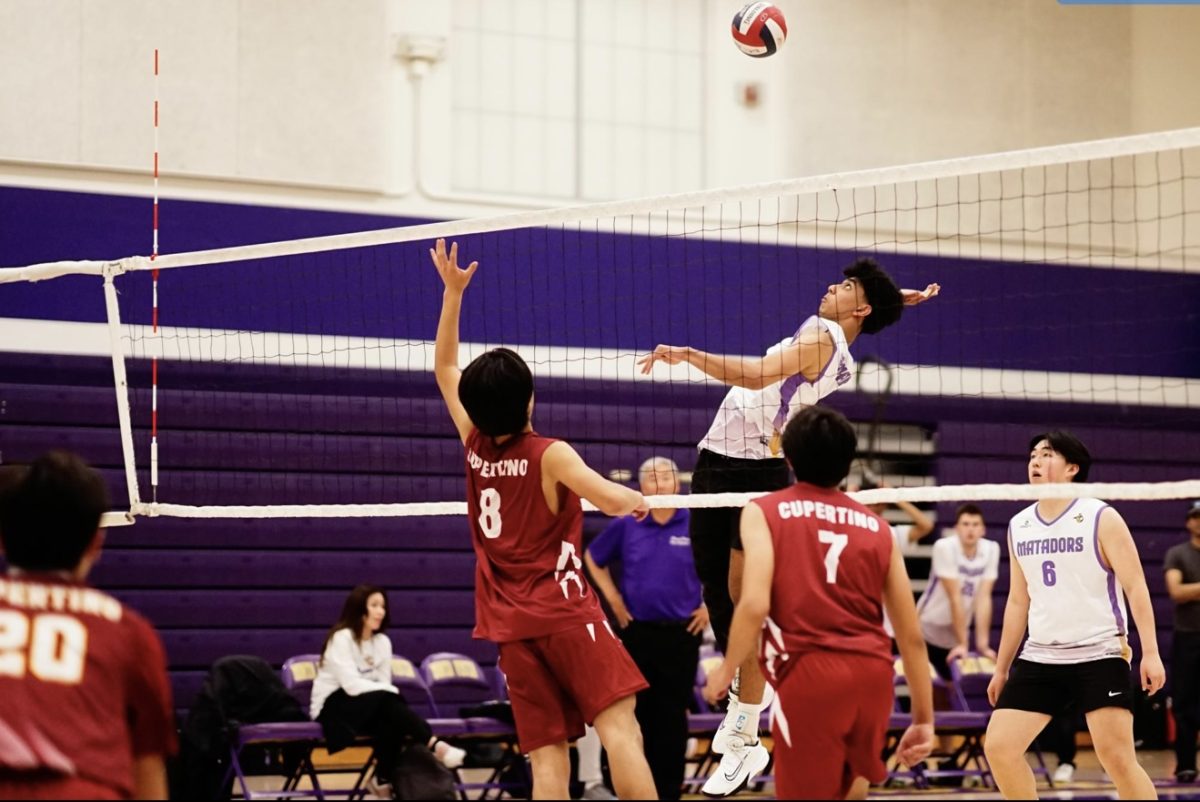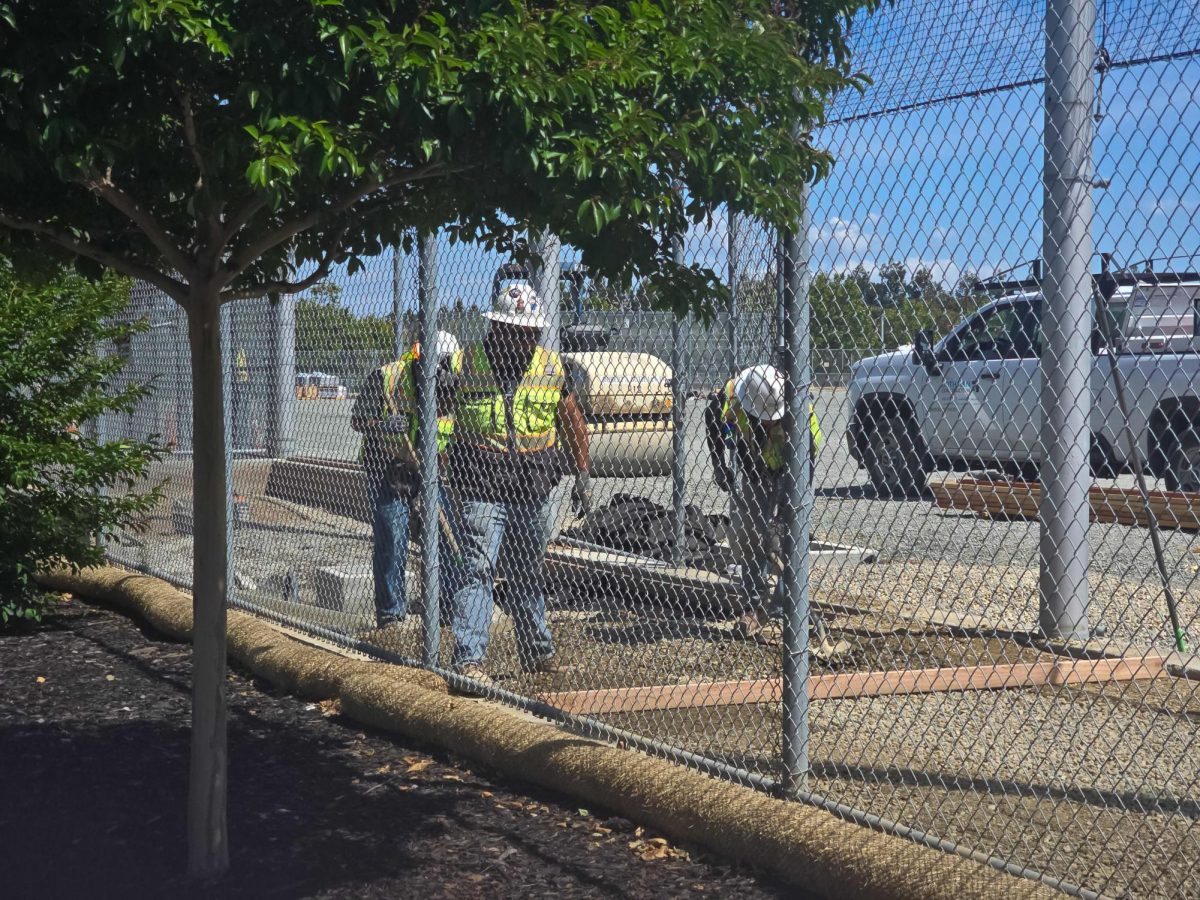NCAA fails to provide equal resources for women’s teams
Female athletes are pushed to the sidelines once again
March 22, 2021
The National Collegiate Athletic Association (NCAA) has weathered its fair share of controversies, particularly when it comes to the benefits college athletes receive in comparison to the benefits for their respective schools. In the past week, extreme gender disparities — specifically the low quality of treatment the women’s teams are receiving — within the current March Madness tournaments have garnered attention.
As a nonprofit organization that coordinates conferences and divisions within collegiate play, the NCAA should comply with Title IX regulations and strive for equity among genders — in fact, its website even states, “An athletics program can be considered gender equitable when the participants in both the men’s and women’s sports programs would accept as fair and equitable the overall program of the other gender.”
However, the website is strategically vague enough; it is unclear whether these “athletic programs” are referring to the ones under the educational institutions or the NCAA itself. Title IX specifically states that no person in the United States should be discriminated against in an “education program or activity receiving Federal financial assistance.” Volleyball player Renee M. Smith challenged this in 1999 when she argued that the NCAA had denied her opportunities to play based on her sex — the outcome of NCAA v. Smith determined that while the colleges that directly received federal assistance had to comply with Title IX, the NCAA itself wasn’t required to.
The NCAA clarifies, “Title IX does not require that each [men’s and women’s] team [within the same sport] receive exactly the same services and supplies. Rather, Title IX requires that the men and women’s program receive the same level of service, facilities, supplies and etc. Variations within the men and women’s program are allowed, as long as the variations are justified.” However, because the NCAA is not required to follow these rules themselves, they only exert these already subjective guidelines on the colleges under it while hypocritically preaching about the inclusion of the title.
Nonetheless, the differences in “level of service, facilities [and] supplies” within the tournament from its weight rooms to food quality are the exact opposite of what the organization boasts on its site and expects from the institutions within it. Equality should not just be preached, but actually followed, especially for an influential nonprofit organization that dictates the lives of over 480,000 collegiate athletes.
The NCAA Vice President of Women’s Basketball, Lynn Holzman, responded to the accusations by blaming them on the lack of space.
Statement from Lynn Holzman, NCAA VP of women’s basketball.#ncaaW pic.twitter.com/gYsesS9Hky
— NCAA Women’s Basketball (@ncaawbb) March 18, 2021
First, the blame shouldn’t be placed on Holzman. As a former collegiate athlete herself, she likely understands the disparities between the two groups and has tried her best to change and improve conditions. The organization should comply with Title IX, but beyond that, the controversy seems to boil down to one counterargument — since the men’s team brings in more revenue, they are deserving of more resources.
But the NCAA’s statement doesn’t even cite lack of money as a source for the pathetic resources the women’s teams are given in comparison to the men’s teams — its faulty excuse is lack of space.
Images provided by the women’s basketball teams have proven that space isn’t an issue at the San Antonio tournament center — in fact, they have tons of empty space in their weight room. There was a singular weight rack and a couple of yoga mats for professional, D1 athletes who already aren’t receiving the money benefits they deserve from the NCAA. Not to mention the other extreme disparities in treatment from the NCAA — the food the women’s teams have been receiving have been compared to prison food, and the ‘swag bags’ athletes typically receive are obviously more expensive and grand for the men’s teams compared to the women’s. Even the courts are different between the two teams — the court that’s hosting the DII NCAA men’s tournament has an 11K capacity, while the women’s DII court allows for just 36 guest passes per team. The women receive quick and cheap antigen tests, while the men are provided polymerase chain reaction (PCR) tests, which experts deem more accurate. Even the @marchmadness account on Twitter and Instagram is only associated with Men’s Basketball.
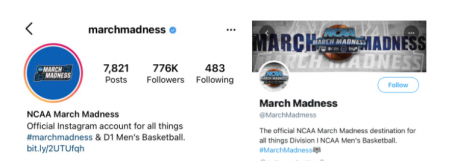
Fortunately, the NCAA was called out through social media outrage from the public, with Oregon Ducks Women’s Basketball player Sedona Prince’s trending video receiving almost 17M views on Twitter, as well as both male and female professional athletes, and did a complete 180 on March 20 — the weight room at the San Antonio tournament for the women’s team to practice in now has been upgraded with a much more diverse selection of athletic equipment such as rowing machines, heavier weights and bikes.
Regardless, the NCAA had enough space and funds to provide for the women’s teams from the very beginning. The fact that equitable resources and facilities were provided for the women’s teams only after the organization was called out is reflective of the inequitable treatment female collegiate athletes face. It also reveals that the NCAA isn’t helping the women’s teams because it has their interests at heart — they’re merely doing it to save face. If the women facing these conditions hadn’t publicized it on social media and received public support, the NCAA likely would not have addressed nor attempted to fix these disparities. There’s no need for the women’s teams to be thanking the NCAA either — this is truly the bare minimum.
The disrespect women’s teams have received time and time again cannot be justified by the difference in men’s and women’s teams’ revenue. While it is true that the TV revenue from women’s sports is lower than men’s, it’s simply an invalid argument — the NCAA has enough funds to provide for the women’s teams and it must provide equal resources to the women’s and men’s teams if it plans to practice what it preaches for its collegiate athletic programs. In fact, NCAA v. Smith should be overturned — it’s 2021, and the largest collegiate athletic organization in the United States should not be exempt from the fight for gender equality. Frankly, it’s getting old to hear the same excuses over and over again. It’s impossible to ask the women’s teams to generate the same revenue as the men’s teams if they’re treated as second-class teams that are undeserving of the same resources.
The gendered biases against female athletes can be solved at a local level as well — the MVHS community needs to appreciate women’s sports teams just as much as men’s. While the athletic staff ensures that each sport receives a balanced amount of funds, the turnout and support each sport receives varies, especially by gender. By recognizing the value of both men and women on the court and field, it’s possible to see the effects on a larger scale with women’s sports not being pushed to the sidelines at collegiate and professional levels. These female athletes who have worked their entire lives to play at these levels deserve more than a singular weight rack.














